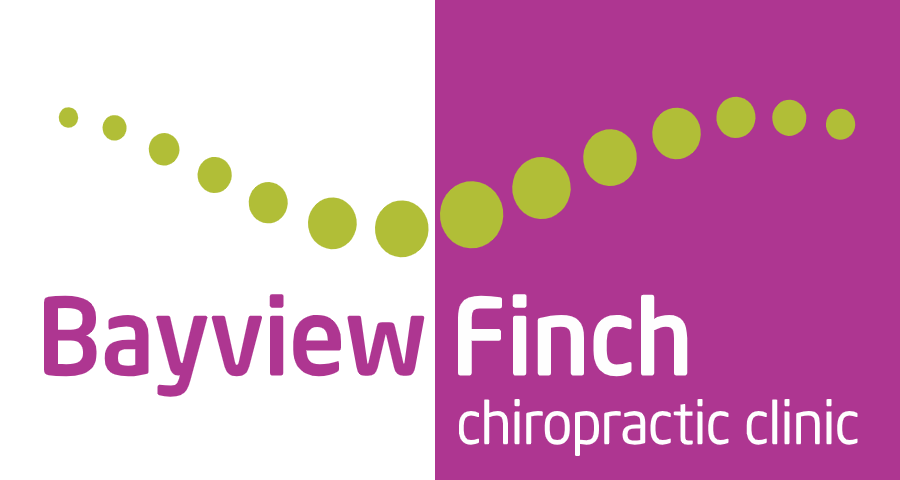More people than ever are working from home, and while answering emails from your bed and taking conference calls on the couch may be tempting (along with checking your mobile phone, or navigating other home-life concerns and distractions), those behaviours could be causing unnecessary pain — and foster poor remote working and studying habits, too.
Taking the time to set up a proper workstation can help ease those aches in your neck and back along with boost your self-esteem overall, but many may not be sure where to begin. With the return of the September school year and annual fall renewal with our commitment to work, too — Toronto chiropractor Dr. Gorchynski of BFCC volunteers a brief list of do’s and dont’s for all those going ‘back to work’ and remote studying to encourage all those wanting to improve their remote game for a successful and injury-free year ahead.
Perhaps underwhelming as a top tip — Dr. Gorchynski emphasizes sitting at a table or desk over anywhere else, noting that this is often overlooked when people are given the chance to work from home. While it’s alluring to work from a comfortable chair, couch, or bed — it’s important to minimize the time you spend on your couch, and stay out of bed, not only for sedentary mobility reasons, but also for productivity; we are less likely to perform at our best when we don’t upkeep the habits that keep us doing so.
Standing while working is the best thing to do for our health, but a great set up can be costly if you’re temporarily remote and don’t have the funds to invest. If that option isn’t available, sitting with your feet firmly on the floor, and making sure your arms are supported on a table or chair armrests not only is good for your body, but uplifting and empowering for your emotions and mindset, too!
Aim to set your workstation up in an ergonomic manner that facilitates the correct sitting (or standing) posture:
Your monitor should be at eye level and slightly tilted;
Forearms, thighs and feet should be parallel to the floor;
Wrists should bend as little as possible;
Your chair should have a backrest and armrests, with an adjustable height.
Bonus: Consider getting a pair of compression socks which help clear lymphatic congestion and to eliminate leg heaviness, and a gel mat to provide a cushion for feet / shins / knees easing overall lower body fatigue during lengthy sitting or standing while working.
Posture is key, and incorporating easy at-home stretches for your neck, torso, spine, forearms, and eyes into your daily routine; ensure that you do take these routine breaks for movement (instead of just setting an alert or reminder for them, and them pressing snooze!) more than you would in the office or classroom, as remote work does tend to make us more sedentary.
Beyond this, aim to watch caffeine consumption (it can get away from the best of us when working at home) and salty, fried, or sugary snacking — instead incorporating measured breaks in your day for water, healthy foods, a short walk(s), and deep breathing; each can make all the difference to your continued remote working, studying, and overall wellbeing and success.
Looking for tailored at-home work or school pain management tips? Book your chiropractic appointment with BFCC today to speak directly with Dr. Gorchynski about your personal needs and to receive his tailored natural healthcare support and best remote-working practices.









